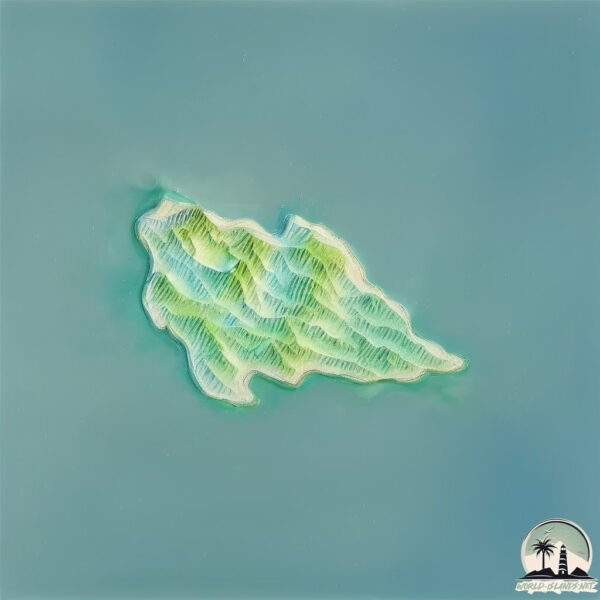Welcome to Dongfu Shan , a Temperate island in the Eastern China Sea, part of the majestic Pacific Ocean. This guide offers a comprehensive overview of what makes Dongfu Shan unique – from its geography and climate to its population, infrastructure, and beyond. Dive into the details:
Geography and size of Dongfu Shan
Size: 2.918 km²Coastline: 9.6 kmOcean: Pacific OceanSea: Eastern China SeaContinent: Asia
Dongfu Shan is a Small Island spanning 2.9 km² with a coastline of 9.6 km.
Archipel: –
Tectonic Plate: Yangtze – A minor tectonic plate in East Asia, often considered a part of the Eurasian Plate. It’s primarily continental and covers the Yangtze River area in China, playing a significant role in the region’s geological stability.
The geographic heart of the island is pinpointed at these coordinates:
Climate and weather of Dongfu Shan
Climate Zone: TemperateClimate Details: Humid Subtropical ClimateTemperature: Hot Summer
Climate Characteristics: With continuous rainfall and hot summers, this climate is common in some coastal regions, supporting diverse vegetation.
Topography and nature of Dongfu Shan
Timezone: UTC+08:00Timezone places: Australia/PerthMax. Elevation: 157 m Mean Elevation: 84 mVegetation: Agricultural MosaicTree Coverage: 56%
The mean elevation is 84 m. The highest elevation on the island reaches approximately 157 meters above sea level. The island is characterized by Plains: Flat, low-lying lands characterized by a maximum elevation of up to 200 meters. On islands, plains are typically coastal lowlands or central flat areas.
Dominating Vegetation: Agricultural Mosaic
Vegetation: 5 vegetation zones – Highly Diverse Island
Infrastructure and Travelling to Dongfu Shan
Does the island have a public airport? no .
Does the island have a major port? no .
The mean population of Dongfu Shan is 125 per km². Dongfu Shan is Moderately Inhabited. The island belongs to China .
Continuing your journey, Putuo Shan is the next notable island, situated merely km away.
The Son of The Sea——Zhoushan
Zhoushan city has just released a new promotional video: The Son of The Sea——Zhoushan. There are so many fascinating and ...
The Son of The Sea——Zhoushan
Zhoushan city has just released a new promotional video: The Son of ...
Zhoushan city has just released a new promotional video: The Son of The Sea——Zhoushan. There are so many fascinating and ...
「4K YH Travel Life」环游中国 08/浙江舟山东极列岛东福山岛/中国最东边的岛——东福山岛/探寻岛上无人村/神奇的军事工事是干啥用的/这里都能养羊?/海中央爬山是啥体验
yhtravellife #travel #china #culture #firstview #vlog #viajes ...
yhtravellife #travel #china #culture #firstview #vlog #viajes #自驾游#island #archipelago #easternmost #东极岛#东海#舟山 ...
China is classified as Emerging region: BRIC: Brazil, Russia, India, and China – Economies noted for their rapid growth and increasing influence on global affairs. The level of income is Upper middle income.
News – Latest Updates and Headlines from Dongfu Shan
Stay informed with the most recent news and important headlines from Dongfu Shan. Here’s a roundup of the latest developments.
Loading...
Please note: The data used here has been primarily extracted from satellite readings. Deviations from exact values may occur, particularly regarding the height of elevations and population density. Land area and coastline measurements refer to average values at mean high tide.

